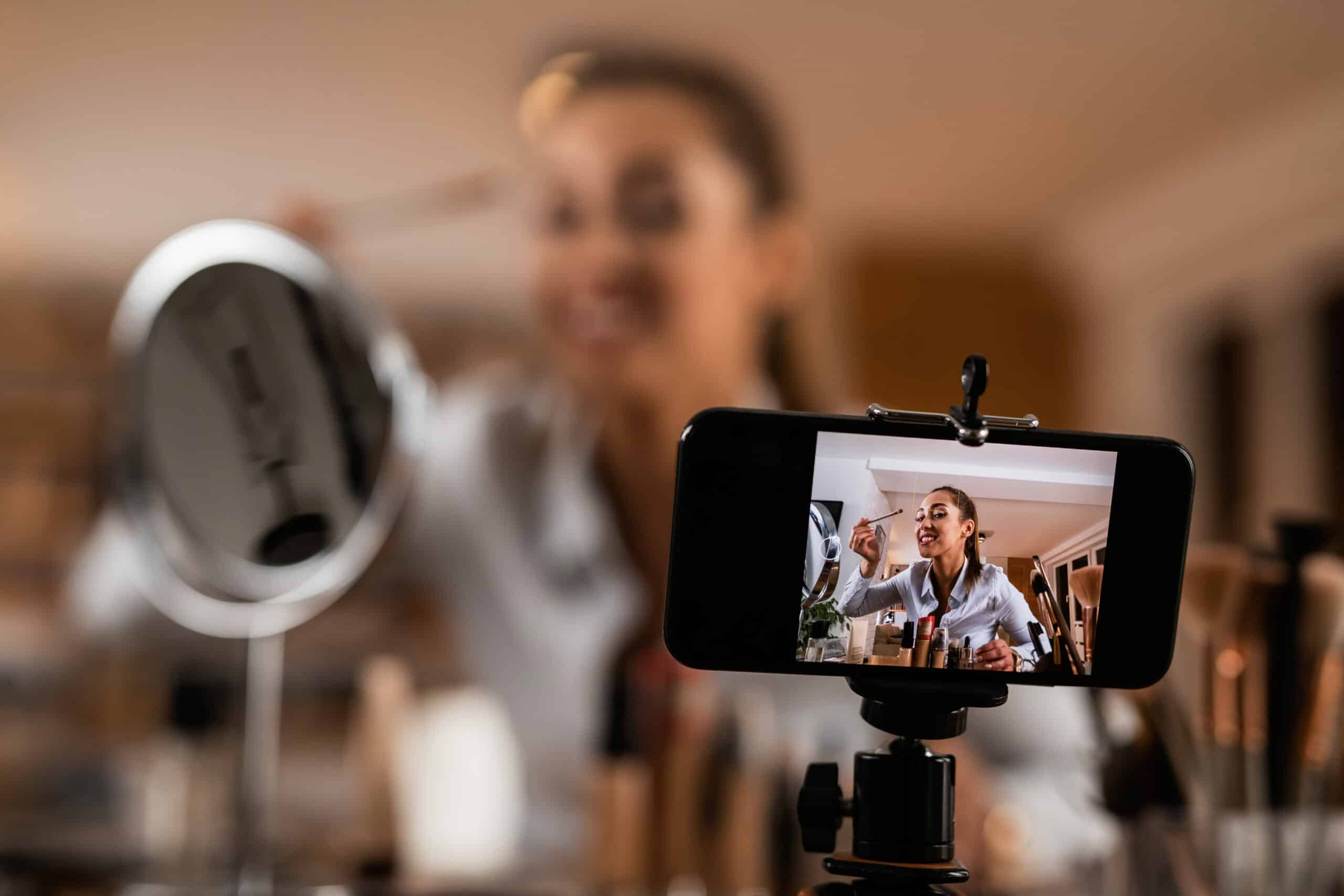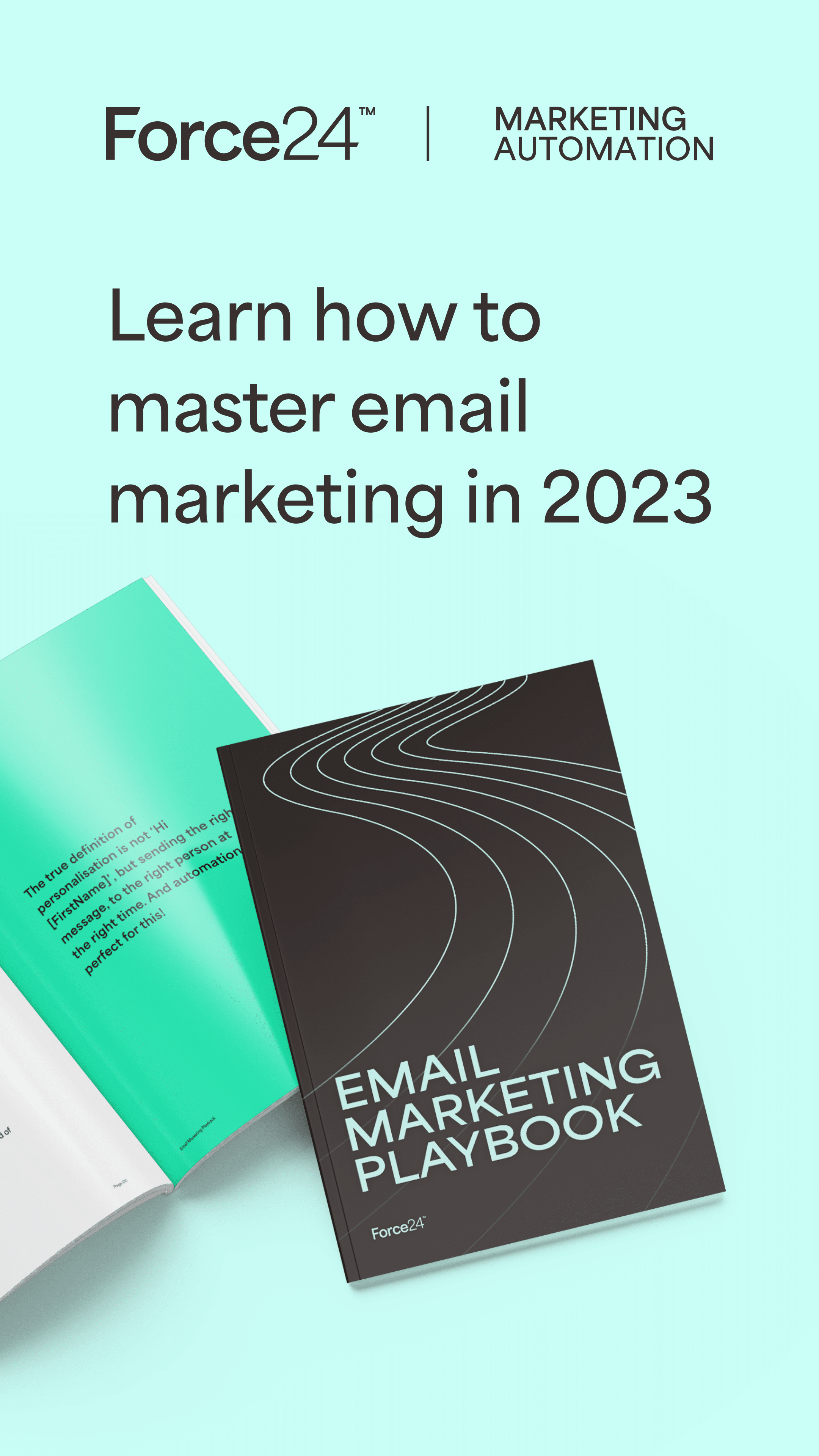Did you know Influencer marketing is no longer ‘the NEXT big thing’ in the marketing space? It is, in fact, now a mainstay channel for small and large brands, especially in B2C.
Let’s quantify that.
According to The 2024 Influencer Marketing Report, 49% of consumers make purchases at least once a month because of influencer posts, and 86% make a purchase inspired by an influencer at least once a year.
It’s a huge market. The global influencer marketing market was in fact valued at just over $21 billion in 2023, which more than tripled its value since 2019. By the close of 2024, the market is expected to reach almost $25 billion.
We first saw an increase in the trend during COVID-19.
Lockdowns were highly disruptive to many industries, including the advertising business and others where people were accustomed to going into the office. This wasn’t the case with influencers, who typically prepared and recorded their content at home.
Many adjusted their content to be appropriate for the pandemic, such as focusing on fitness, healthy eating, hobbies, or life advice. This helped lead Instagram influencers to achieve an average increase of around 70% in engagement and a more than 50% increase in comments.
And why?
Circumstance. Many of these influencers were ‘homefluencers’ (marketers love merging words!) during the pandemic, in that they connected with viewers who were spending more time at home than anything else.
So what are the effects of influencer marketing post-Covid?
The nano and micro-influencers race
We all got a bit tired of Hollywood stars and footballers selling us antibac hand gell toilet roll and ‘home goods’ from their unreachable luxury lives (shampoo from Ronaldo, anyone?) and wanted a more realistic ‘sell’.
Instead of following the likes of mega influencers Kim K and Co., users instead started to look for more ‘normal’ people that they could identify with – and could actually imagine using the same products as them.
We were still impressed with mega influencers, with an engagement rate of nearly 1.3%, but micro influencers (someone who has between 1,000 to 100,000 followers) were found to boast almost three times that at nearly 5% engagement.
Marketers love smaller influencers
With these stats, it’s no surprise that brands prefer to work with them. In fact the Hubspot 2024 Social Media Marketing Report found that 64% of marketers have worked with micro-influencers. And 47% of marketers experienced the most success with them.
Enter the nano-sphere
However, micro-influencers aren’t the only small influencers that brands want to work with. Influencer Marketing Hub noted a marked shift in partnerships with nano-influencers in their State of Influencer Marketing Benchmark Report 2024.
It was found that there was a slight increase in brands that choose to work with nano-influencers, with 44% now preferring these smaller influencers. Meanwhile, the number of brands choosing to work with micro-influencers dropped from 30% to 25.7%.
This isn’t the end of mega-influencers; just a change. Big celebs won’t find themselves completely out in the cold in this ‘new normal’, but brands need to sit up and pay attention, as the authenticity and increased interaction offered by their smaller counterparts are loved by their audience.
Looking into 2025
One thing’s for sure, the influencer marketing industry is growing and is expected to continue, making opportunities for brands of all sizes. But one hot topic we should be focusing on – the right type of influencer.
With nearly 60% of Gen Z and millennials agreeing that all influencers should use their platforms to address topics such as social issues and activism, brands will need to have a strategy when it comes to researching their influencer partners. With audiences growing, a post with the wrong message can be a disaster. Staying silent on important issues could be viewed as bad as well.
And AI and machine learning algorithms? They are a definite for the future – a discussion for another time. But influencers will be (or should be!) talking about it now…
Visit The Hub for more marketing insights

